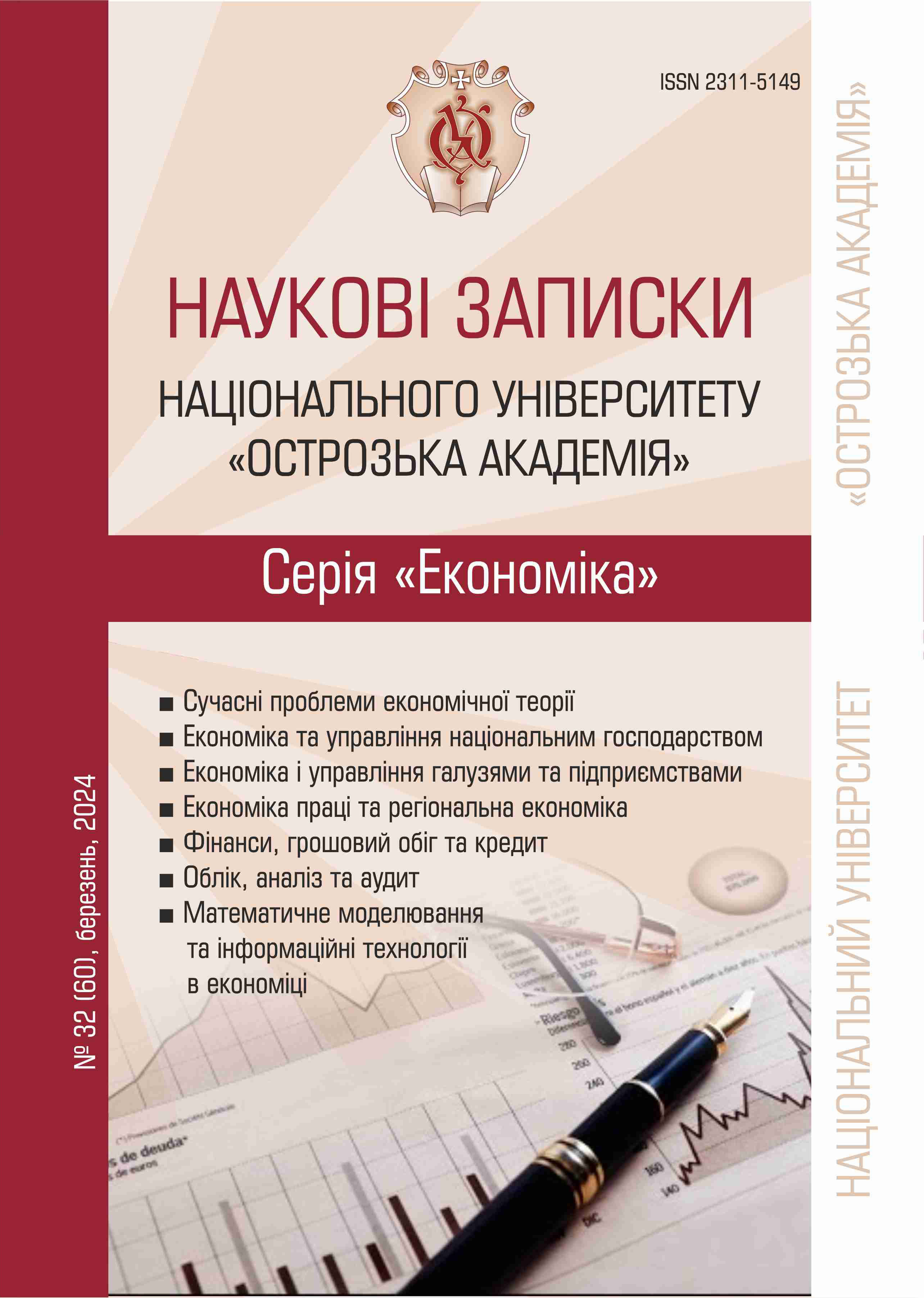IT SECTOR TAXATION IN UKRAINE: FEATURES AND CURRENT TRENDS
DOI:
https://doi.org/10.25264/2311-5149-2024-32(60)-95-101Keywords:
IT sector, taxation, Diya City, tax relief, FOPAbstract
In recent years, the information technology (IT) sector has experienced significant growth, increasingly contributing to the export structure and GDP of Ukraine. As of 2022, the IT sector’s contribution to the country’s GDP reached 3.5%. This development raises crucial considerations regarding business taxation within the sector. Taxation is influenced primarily by the business entity’s form, either as a legal entity or an individual, and the selection of the appropriate Ukrainian Classification of Economic Activities (KVED) code. Incorrect KVED classification can result in a 15% fine on income from unregistered activities, highlighting the importance of accurate business registration for tax benefits. Ukraine offers general and simplified tax systems, but notably, it has introduced Diya City, a special legal and tax regime tailored for IT companies. Diya City aims to foster a conducive economic environment for attracting investments, enhancing the Ukrainian business landscape, liberalizing labor relations, and supporting both domestic and international startups. A key feature for residents of Diya City is the choice between a 9% tax on withdrawn capital, which exempts reinvested profits from taxation, and a standard 18% income tax. Additionally, IT professionals and gig workers within this regime benefit from favorable tax rates: 5% personal income tax, 22% social security contributions based on the minimum wage, and 1.5% military levy. These measures are designed to bolster the IT industry’s growth and investment appeal in Ukraine.


